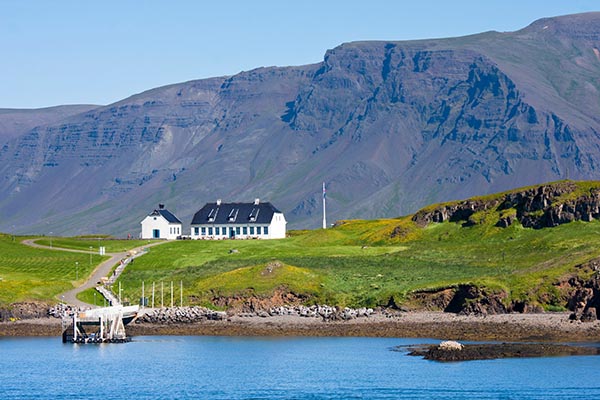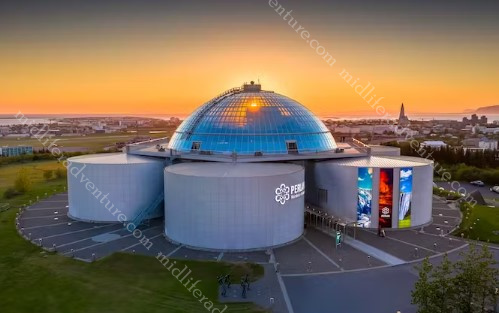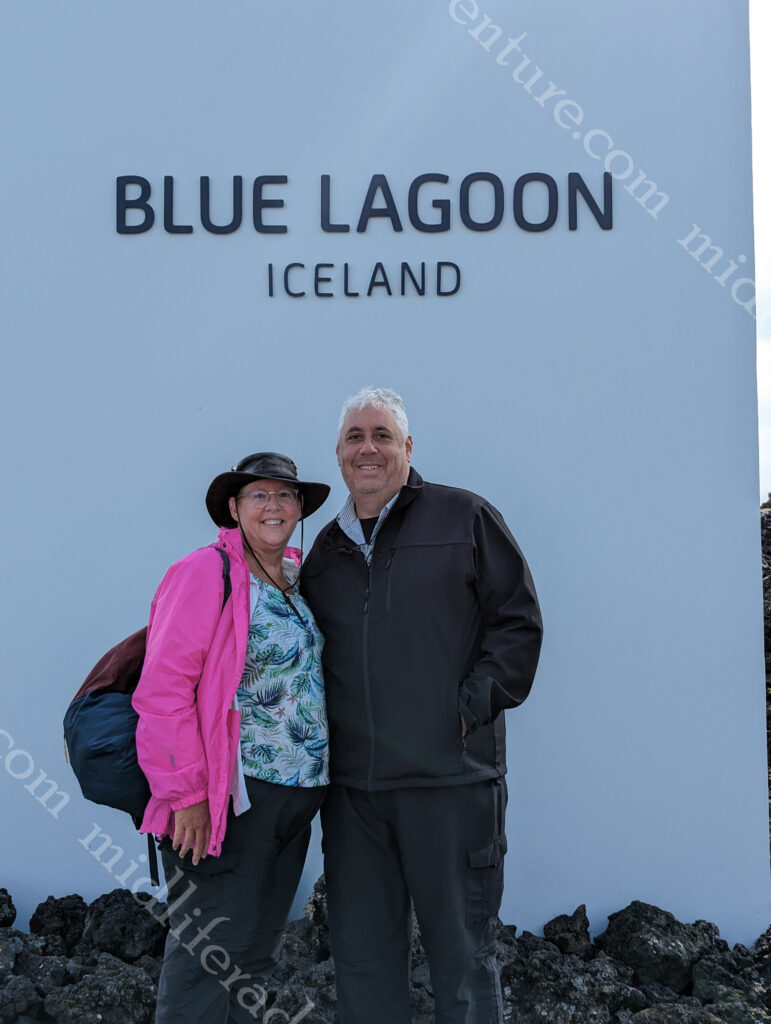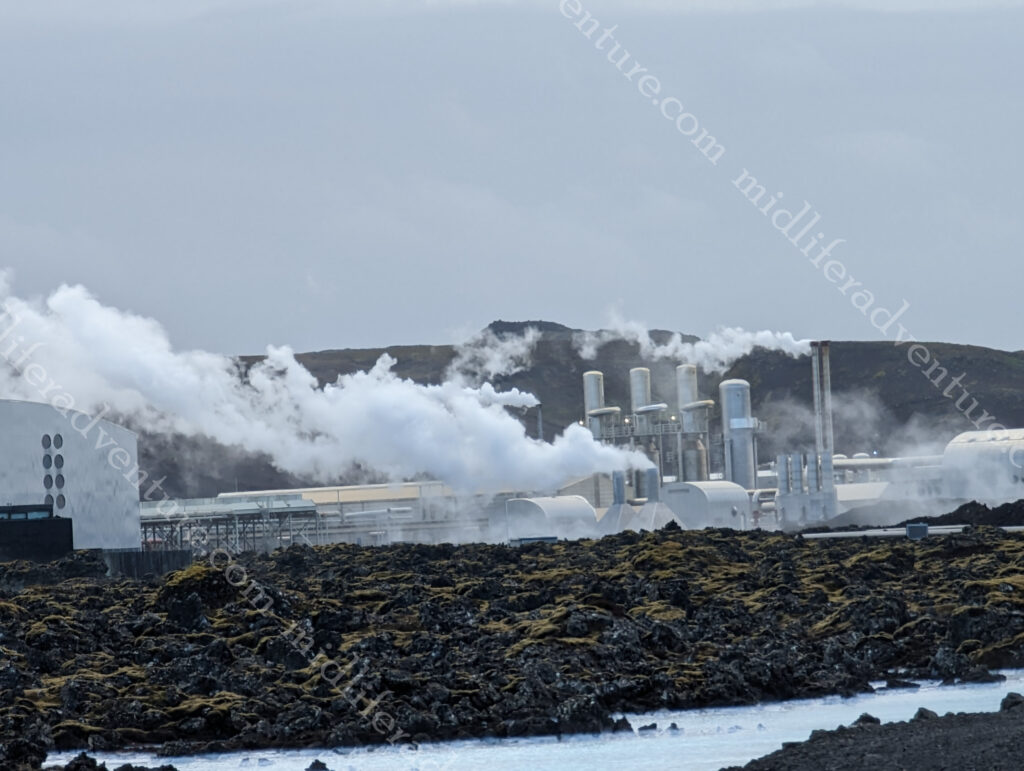6 June to 17 June 2023 – Jewel of the Seas
Amsterdam– Reykjavík– Isafjordur – Seydisfjordur – Belfast – Liverpool – Cobh/Cork – Amsterdam



This has been a really tough one for me to summarise. Life during and after Covid has been very tough for the cruise ship industry. The experience today is very unlike the cruises that we had done before the pandemic. And in many respects, the changes are not for the better.
Jill and I both agreed that this was the worst cruise that we had ever been on. It wasn’t terrible, but it was nowhere near the standard of the other cruises that we had done. So we tried to break down what it was that made it so.
Was it the ship?
No.
While the ship was older and smaller it was more charming and intimate than the bigger ships and had more style and character to it.
It was a bit of a visual throwback to the halcyon days of cruising. Certain elements were tired, but a small revamp will fix that once the revenues return.
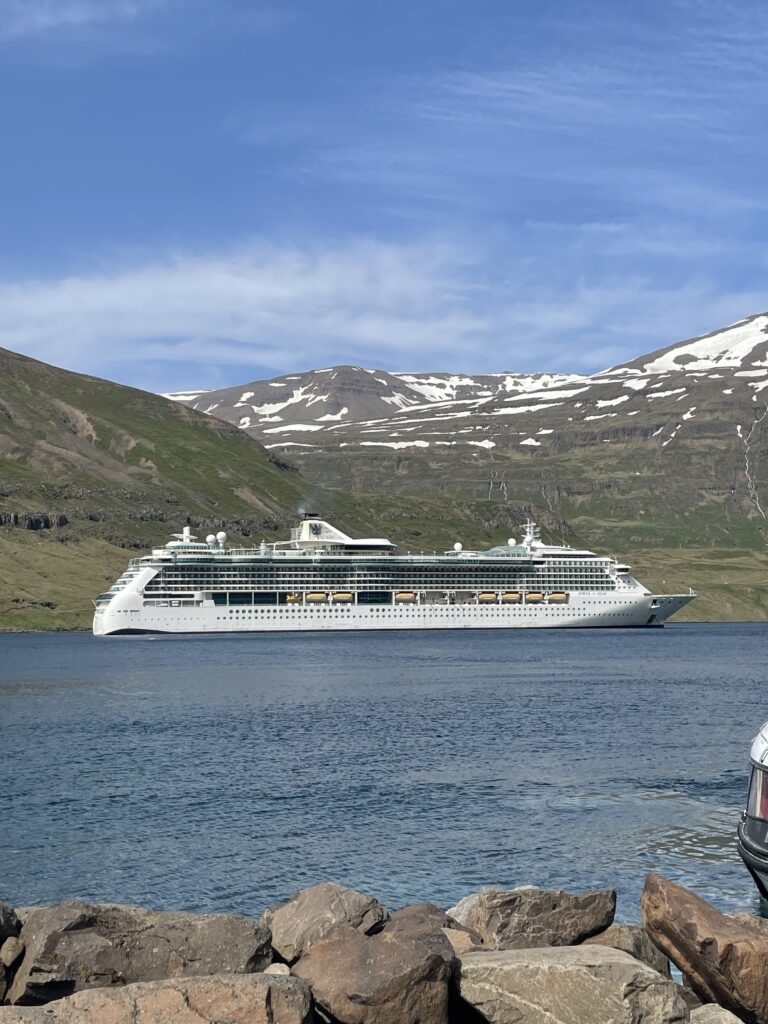
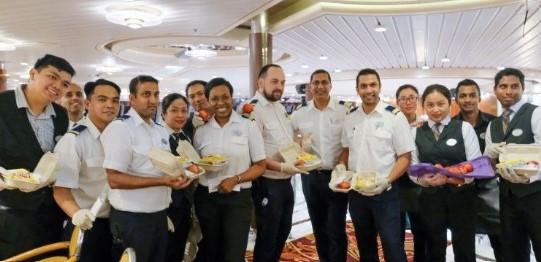
Was it the staff?
No.
The staff were super friendly (as usual) and more than willing to assist at every turn.
Was it the ports?
No.
The ports were fantastic and could not be faulted.
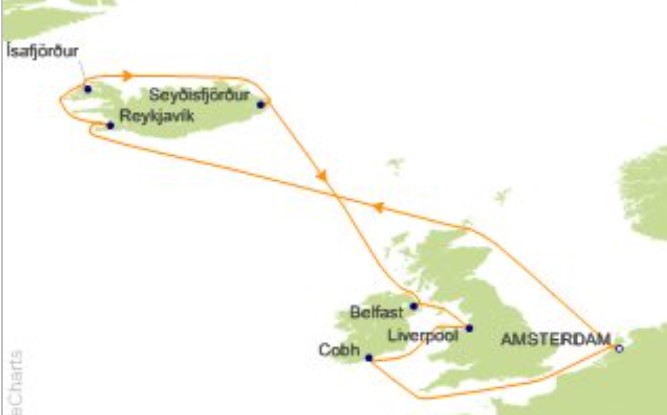

Was it the food?
A bit.
The food was a bit down on its usual standard and the choices were lacking at times, but there was still something on every menu for everyone.
So what was it then?
The entertainers were obviously the B team, with the real headliners and acts on the newer ships. There was a massive focus on karaoke on this cruise which was very uncomfortable and disturbing for the rest of the guests. A bunch of people (guests) with American Idol aspirations but no talent warping away (at volume) with nowhere for us mere mortals to hide or escape them.
The pianist in the main bar was a thumper, who could not sing, didn’t know the words and fluffed his way through most of the songs. Another of the entertainers played so loud that there was nowhere to escape.



We had one night at one of the specialty restaurants (Izumi) where we paid an extra $US40 a head to eat there and the experience was terrible. While the food was OK, it was not worth the additional expenditure. The service was slow and poor, the ambiance was loud and akin to a cafeteria and at the end of the meal we found that there was an enforced 18% gratuity tacked on top of the bill.
The theme nights were terrible (in a food sense) with only a single option (in the main dining room) that represented that theme. The rest of the menu items were an eclectic spray across the board. On a European cruise, there was no focus on European things or foods. Although there was a fish and chip night when we were in England.
Instead there were Indian and Mexican nights. In fact, Indian was a constant staple for every single meal (despite the fact that there would have been less that 20 Indian guests on the whole boat – admittedly the chef was Indian). But the desserts were excellent, every day and for every meal. Those options were perfect.





On a similar theme, many of the announcements were delivered in both English and Spanish (less than 20 Spanish speakers on the boat). The German and Dutch tourists (it did leave from Amsterdam) were constantly asking what was going on. This may be fine for the Caribbean cruises but in Europe it didn’t work here.




It is clear that in a post Covid world significant cost cutting measures have been put in to strip away some of the outgoings while the industry rebuilds. But this has happened to the detriment of the cruise experience and threatens to derail the industry if this is not realised and adjusted, before it is too late.
The cost-cutting started with the dropping off of the higher-end spirits. As an example, I used to be able to order a Macallan single malt whiskey on the drinks package but it was pulled, so I switched down to the Glenlivet, which has also been pulled leaving only a Glenfiddich. As the cruise progressed, Jill started on the Kim Crawford’s Sauvignon Blanc which was also being phased out to lesser wines.





On arrival our names were wrong on the door of our room and we were told by our room attendants that the room cleaning would be reduced from twice to once daily. In reality nobody really needs their room serviced twice daily. He mentioned that before they looked after 17 rooms each, but that this number had gone up to almost 30.
At our status level (when we got on) we should have received a range of perks (robes, welcome basket, free water etc), none of which were present and when we raised it they were still not supplied. During the cruise we hit the next level of the loyalty program (so next time there are supposed to be even more perks). Nothing major was wrong, things were just a little bit off across the board.
We still enjoyed our cruise and it was certainly the best and most cost effective way to see Iceland (given that it is so expensive). The stops in Ireland and the UK were all nice and the experience was OK.
We are quite pragmatic as travellers and understand that some cost cutting had to occur. But by the same token, minimum standards and levels of service still need to be delivered for it to be a fun holiday and for people to want to come back and go on another cruise. If the cruise lines continue to strip back the inclusions on these ships, the market will respond unfavourably.

